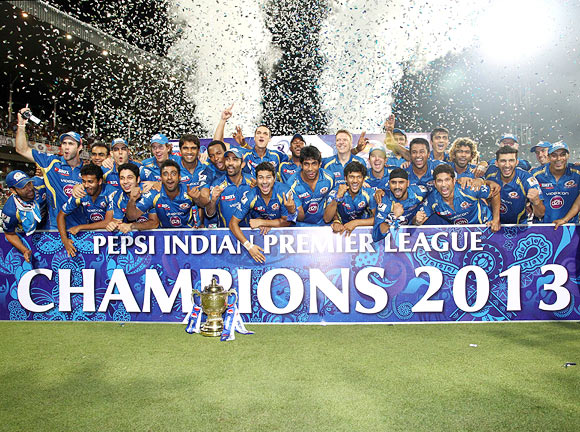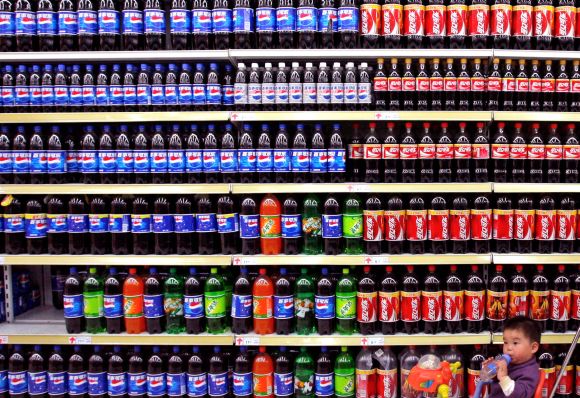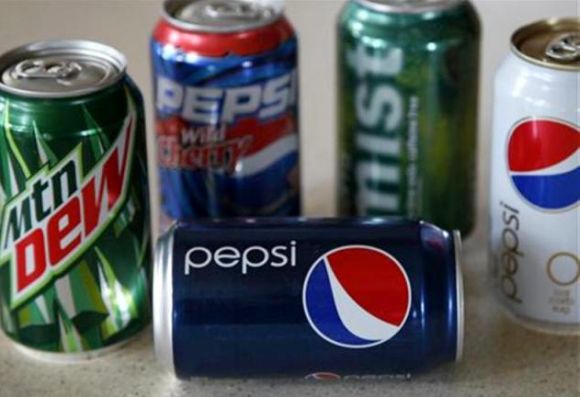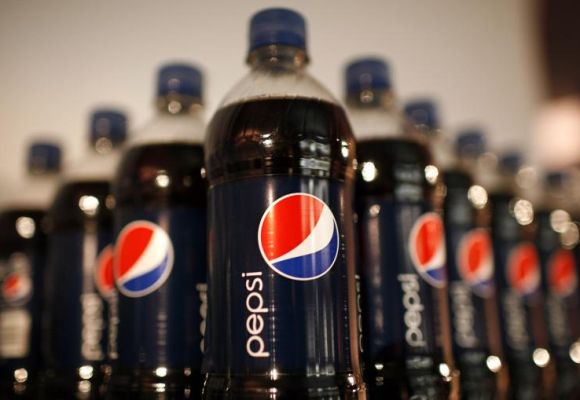 | « Back to article | Print this article |
Manu Anand quitting Pepsi stirs up controversies
When Manu Anand, the India and South Asia president of beverage and snack giant PepsiCo, suddenly quit last month after 19 long years with the company, and cleared his table the very next day of the announcement, there was speculation that the parting of ways had not been amicable.
Moreover, the company did not name a replacement for Anand, which is the usual practice.
His abrupt departure caused some people to point fingers at Pepsi losing market share in the soft drinks space to its old rival, Coca-Cola. Others attributed his exit to a string of failed product launches, including that of a stronger cola in Pepsi Atom.
There was also speculation that Anand paid the price for splurging a hefty Rs 400 crore (Rs 4 billion) for the title sponsorship of the Indian Premier League (IPL), nearly double of what the previous sponsors DLF had paid, and topping it up with another Rs 50 crore (Rs 500 million) to become the broadcast partner for Set Max.
Was this decision a disaster because it did not increase market share and the tournament saw a sharp drop in TV ratings after the spot-fixing scandal broke out?
Click NEXT to read more…
Manu Anand quitting Pepsi stirs up controversies
A new twist
As the story now unfolds, his exit seems to have nothing to do with the beverage giant's performance during his tenure.
Those in the know say that various third-party studies show that IPL has given the company a boost in terms of brand recall and exposure. And the jury is still out on Pepsi Atom which has been launched only in a few markets.
While both PepsiCo India and Anand aren't saying much, sources say that Anand told the PepsiCo brass just a few days before the formal announcement that he was quitting to join chocolate and confectionery giant Mondelez.
With a three-month notice period, which is the rule in the company, PepsiCo would have got enough time to plan a smooth succession.
The company in recent years has looked for people internally for its senior Indian management, and it is unlikely this rule would have been changed.
However, Anand's decision to join Mondelez, say sources, did not go down well with the bosses as, according to the unwritten rule, top managers are not supposed to join a rival company.
Click NEXT to read more…
Manu Anand quitting Pepsi stirs up controversies
It is a rule which many multinationals and even Indian companies follow to the hilt.
Mondelez, surely, fits that list because it also makes snacks and has brands like Tang which compete directly with PepsiCo's recently-introduced powdered fruit juice under the Tropicana brand.
Considering the fact that he would continue to have assess to the company's strategy, he was requested to leave immediately.
A text message to Anand asking him on the sequence of events did not elicit any answer. PepsiCo India, too, declined to comment.
Nevertheless, Anand's exit has put the spotlight on some of his decisions which have been panned by his critics.
One of them has been that he paid too much to be involved with IPL. Independent studies, however, show that the company's association might not be as bad as many make it out to be.
Click NEXT to read more…
Manu Anand quitting Pepsi stirs up controversies
Not a bad deal
Repucom, an independent agency that tracks advertising, indicates that Pepsi got 67 per cent share of the total exposure among all central sponsors on broadcast media which is valued at Rs 545 crore or Rs 5.45 billion (media value is calculated at a ten-second media rate of Rs 450,000).
It simply means that the mileage it got from in-stadia signage which could be seen on TV is valued at this big number.
Ormax Trac20, which tracks brand recall, shows that the company was the most recalled brand amongst the sponsors during the tournament. It went up by over 36 per cent during IPL compared to pre-IPL days.
It also was the number one brand, based on data by Brand Buzz Index which measures and evaluates a brand's buzz online on a scale of 1000. Pepsi hit a score of 939, while its nearest beverage rival was at 162.
But has the money spent got reflected in an increase in market share? If research agency Nielsen India's figures are anything to go by, then it has not.
Click NEXT to read more…
Manu Anand quitting Pepsi stirs up controversies
The market share data, according to Nielsen, fell by around 3 per cent in April this year compared to last year. However, there is a catch here. Industry sources say this figure was based on a new expanded retail outlet sample which is still to stabilise.
Tweaking the sample
Soft drink producers, which include PepsiCo, had been pushing the agency to increase the sample size of retail outlets and to extrapolate the data based on the 2011 census, instead of the older census figures. As a result, the sample size was increased from 12,000 to 16,000 outlets.
The data which shows the loss in market share is based on the new sample and, therefore, not conclusive.
Even Nielsen, while skirting any question on the specific issue of market share, says: "In a developing market like India, we continue to invest in panel enhancements to better reflect market dynamics. Whenever there is a major enhancement in complex market environments, data requires time to stabilise. As a standard practice in the interim, we share parallel runs of both the old and the new data for a few months till the estimates of the new panel stabilise."
The battle for market share between PepsiCo and Coca-Cola is nothing new, with the pendulum shifting in either company's favour from time to time.
Click NEXT to read more…
Manu Anand quitting Pepsi stirs up controversies
In 2011, Pepsi gained market share over its rivals; in 2012, it lost marginally; and in the first quarter of this year, it has held on to its position. In the second quarter, those tracking the numbers expect Pepsi to maintain-if not gain-market share.
The results are also far from conclusive on the performance of Pepsi Atom. The product was launched as a strong cola to take on Thums Up, the number one carbonated beverage brand in the country.
Pepsi spent over 18 months to develop the beverage which has a differentiated and an unconventional taste meant for people who want more fizz in their drink.
Those associated with the product say that the response to Pepsi Atom has so far been mixed. In places where returnable bottles are being pushed, consumers are coming back for more.
"It has only been two months, the company believes that there is a market for this product. It's a flavour that some will like, some will not. So, one has to give it some time," says a source associated with its distribution.
Surely, the impact of Anand's decisions on Pepsi and the hypothesis behind why and how he left are still to unravel. But one thing is certain: the cola war is far from over.
(With additional reporting by Viveat Susan Pinto)






